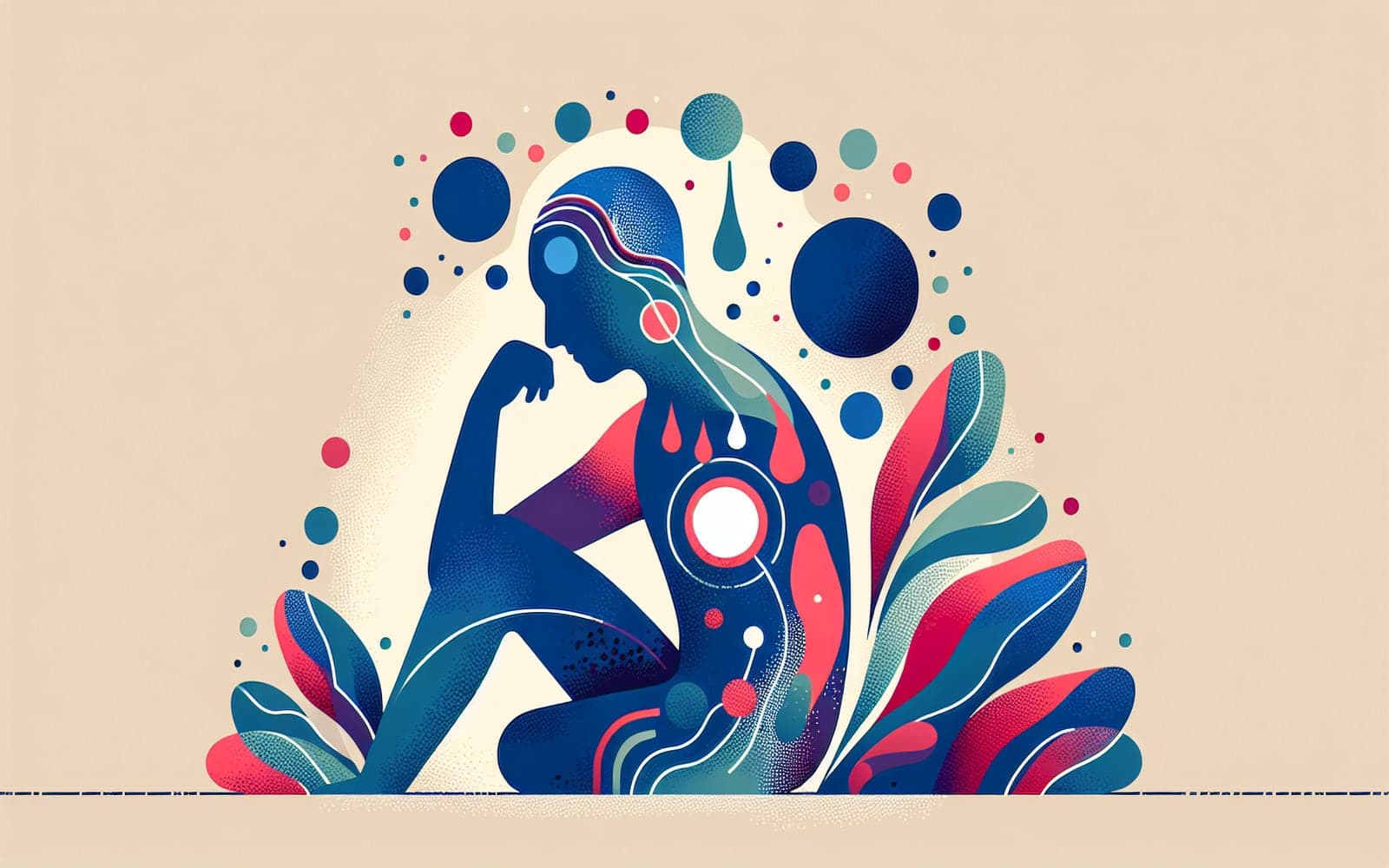Understanding Photosensitivity Disorders: Are You at Risk?
Understanding Photosensitivity Disorders: Are You at Risk?
Why It Matters
Learn about photosensitivity disorders, their signs, and how to determine if you might be affected.
Contents
- Common Symptoms of Photosensitivity
- Who is at Risk?
- Diagnosing Photosensitivity Disorders
Common Symptoms of Photosensitivity
Photosensitivity disorders often present as rashes or burns following sun exposure. Other symptoms may include itching, pain, or hive-like lesions. Recognizing these signs early can help in seeking timely medical advice.
Who is at Risk?
Certain individuals, such as those with lupus or genetic conditions, are more prone to photosensitivity. Medications and environmental factors can also increase risk. Understanding your personal risk factors is the first step in managing this condition.

Diagnosing Photosensitivity Disorders
A thorough medical history and skin examination are crucial for diagnosing photosensitivity disorders. Phototesting and other diagnostic tools can further confirm the condition, allowing for appropriate treatment plans.
FAQs
What are common symptoms of photosensitivity?
Rashes, itching, and burns after sun exposure.
Who is more likely to be affected by photosensitivity?
Individuals with lupus, genetic conditions, or certain medications.
How are photosensitivity disorders diagnosed?
Through medical history, skin exams, and phototesting.
Wrapping Up
Could you be unknowingly living with a photosensitivity disorder?
Additional References
- Que SK, Brauer JA, Soter NA, Cohen DE. Chronic actinic dermatitis: an analysis over 25 years. Dermatitis 2011.
This article has been reviewed for accuracy by one of the licensed medical doctors working for Doctronic.











